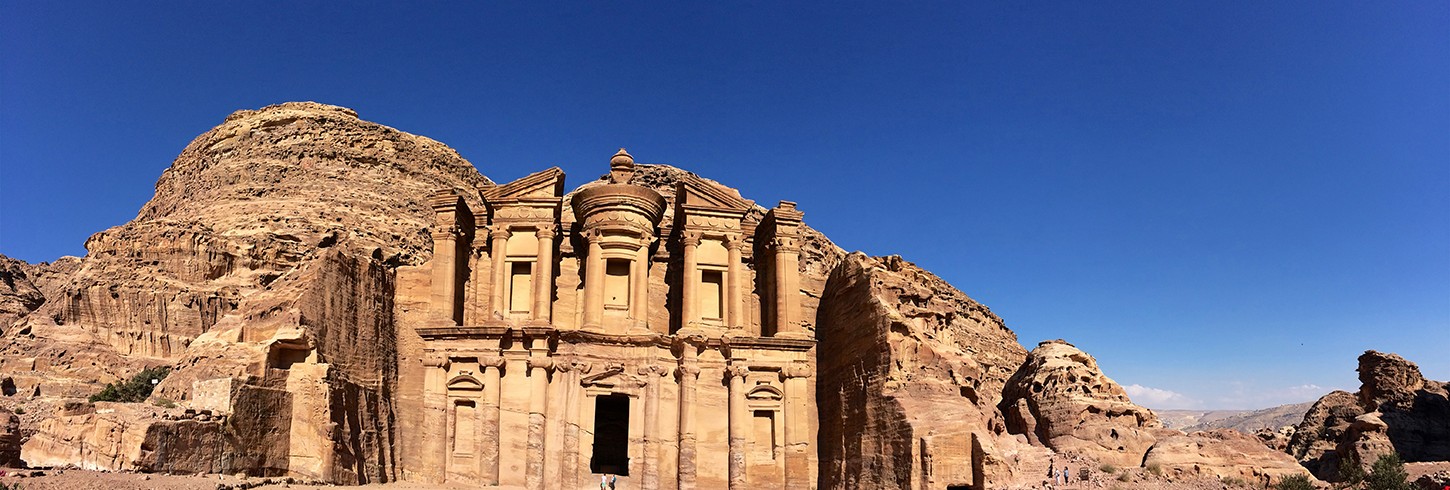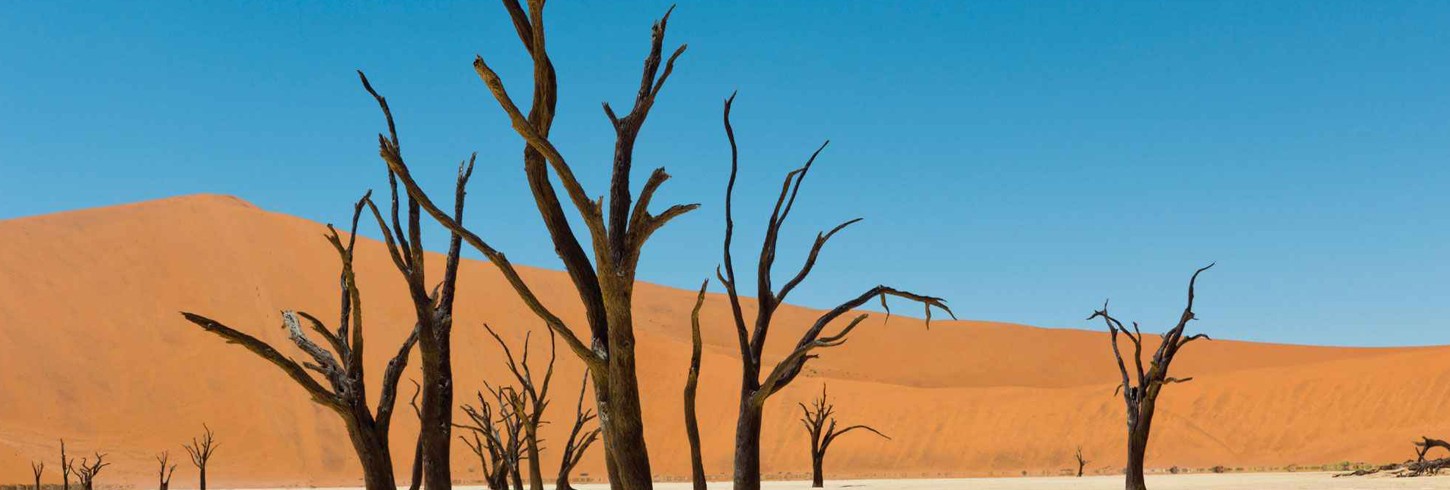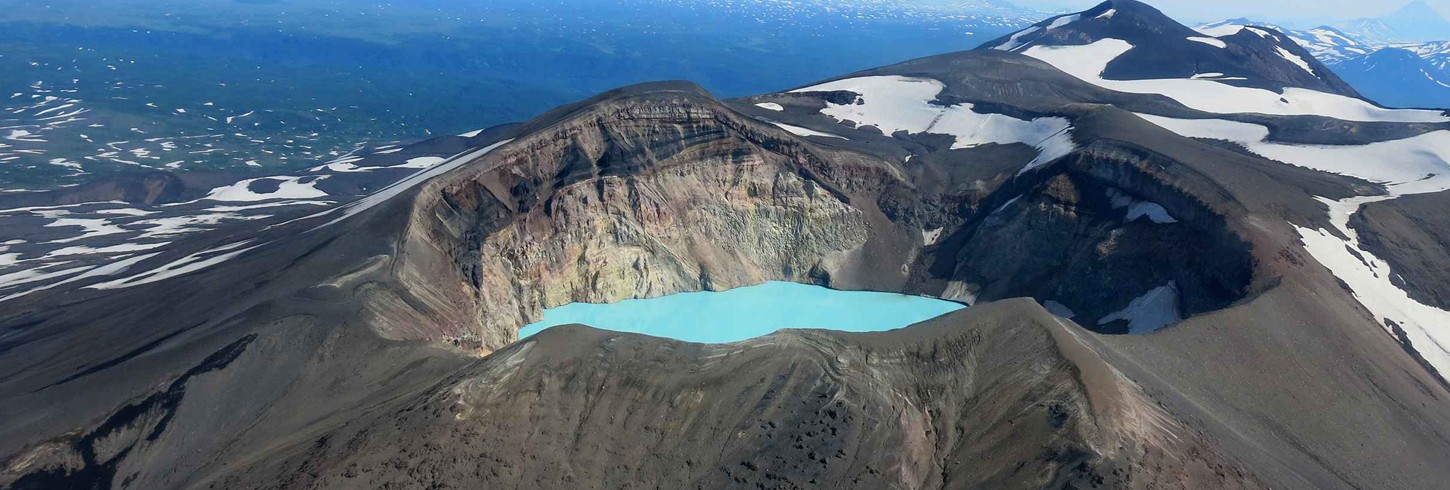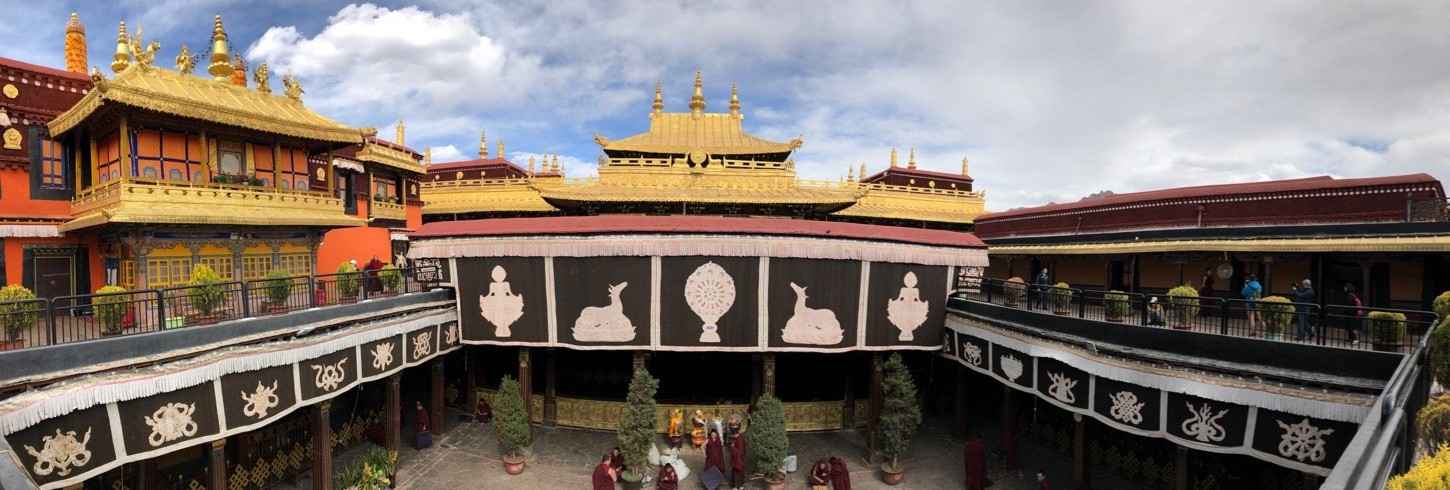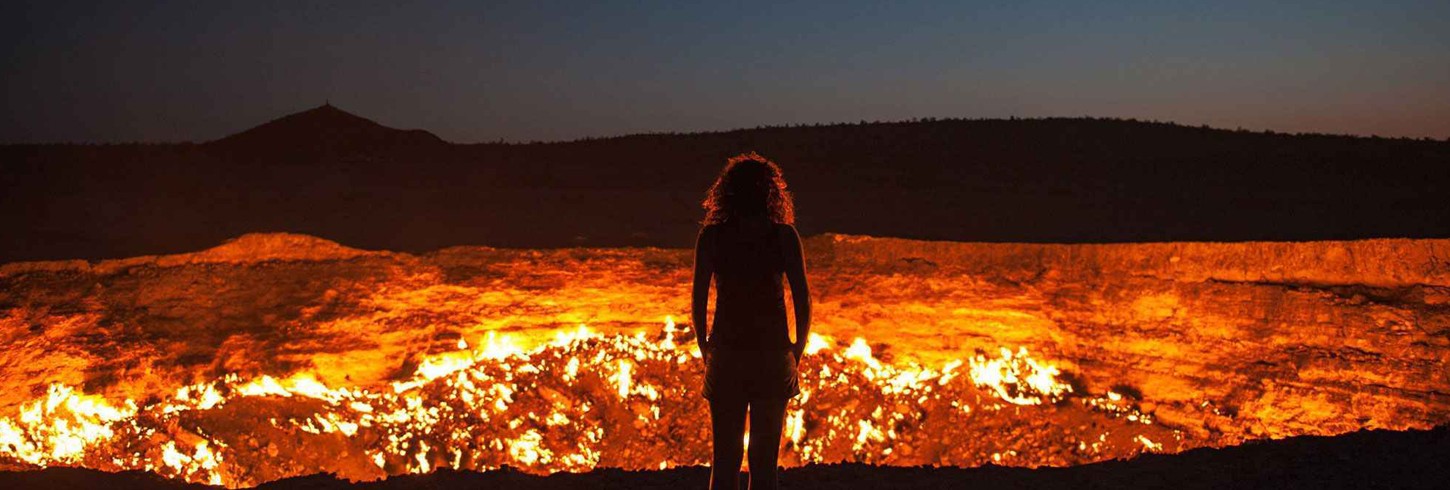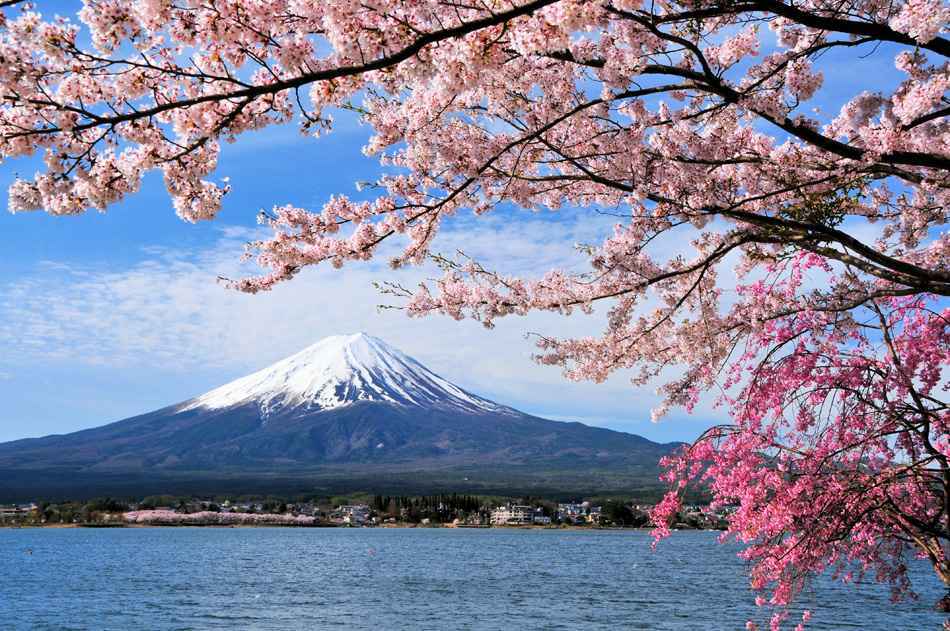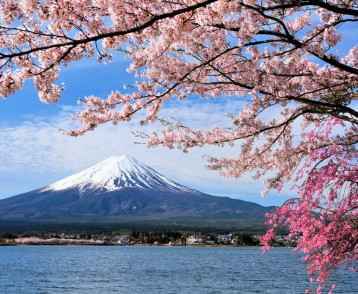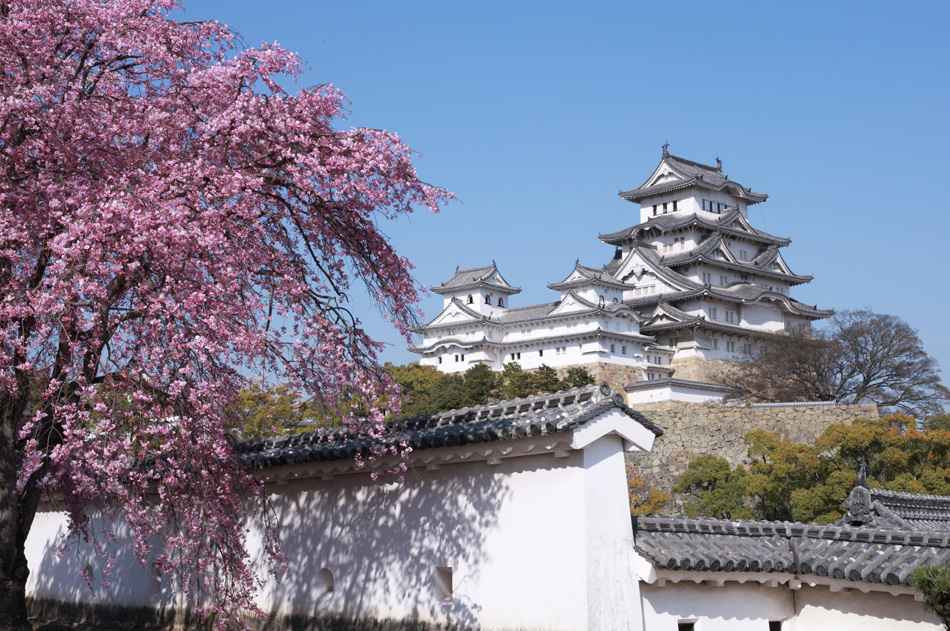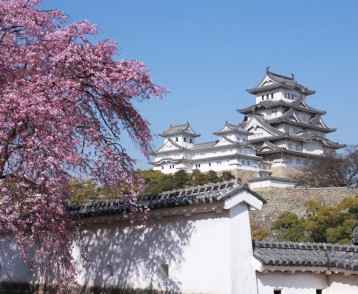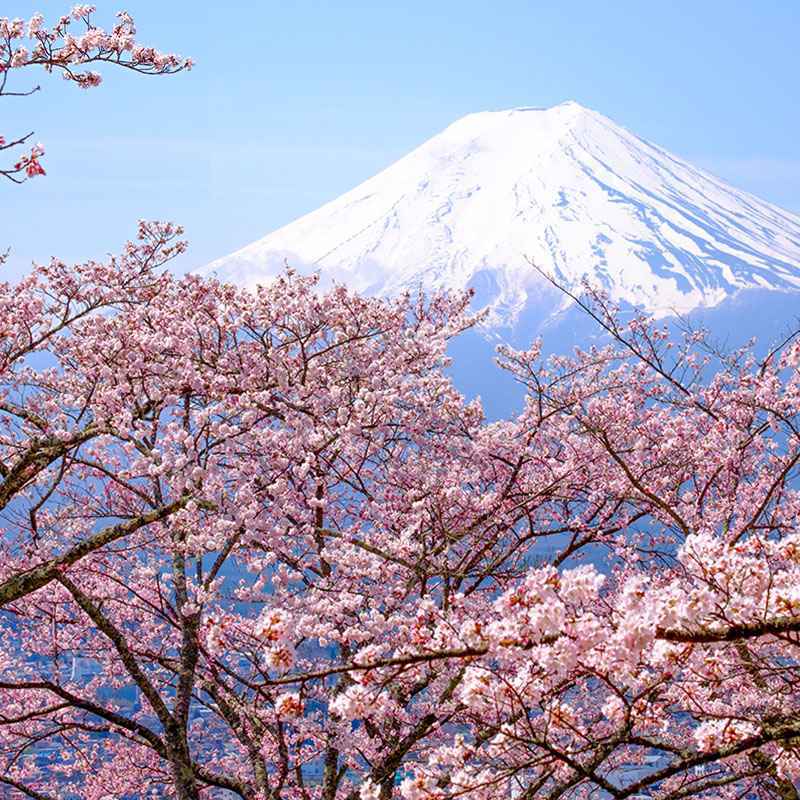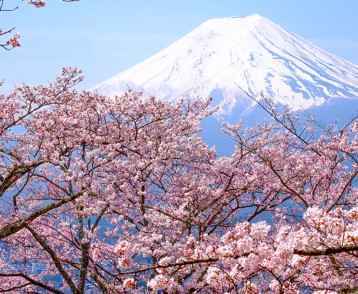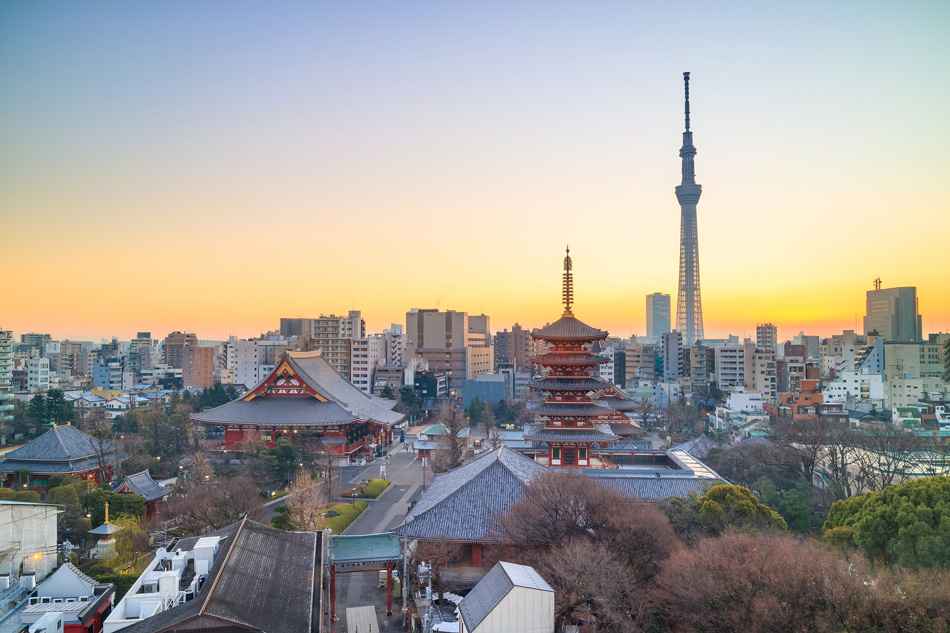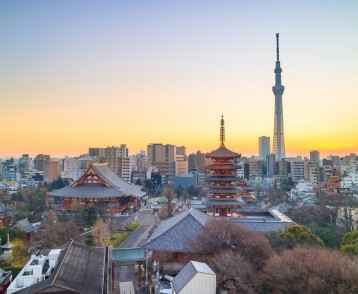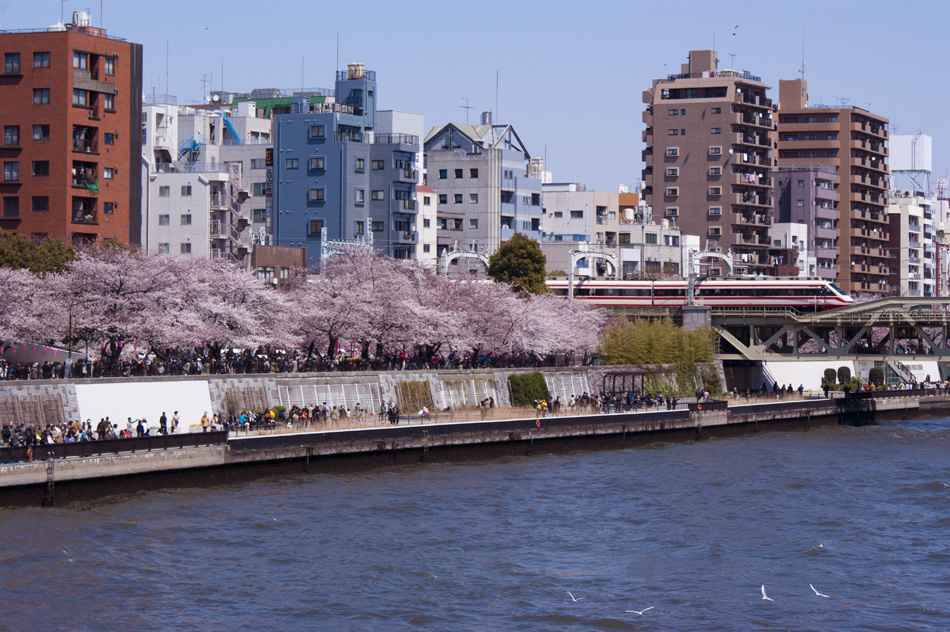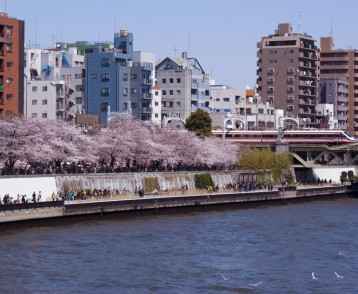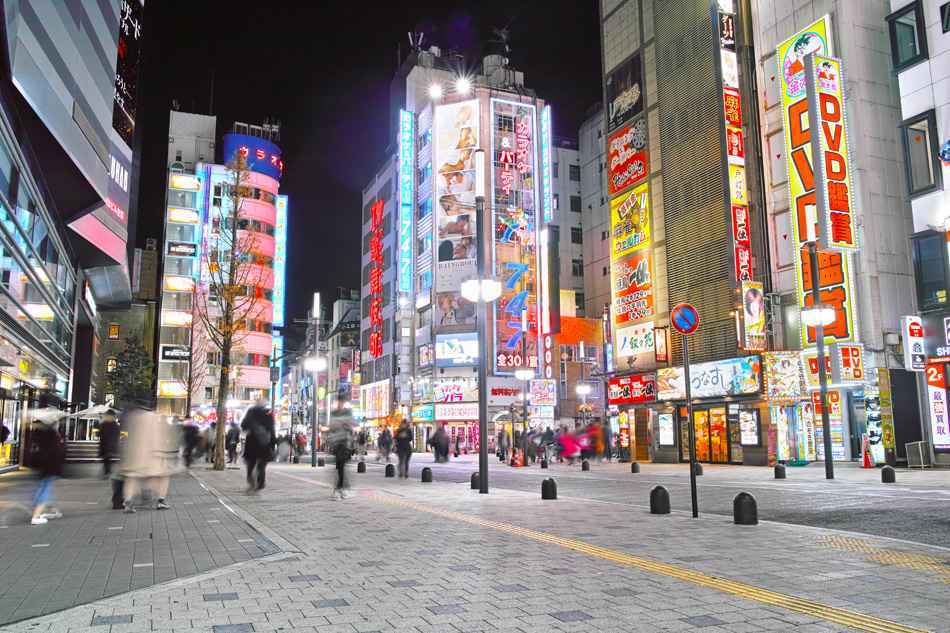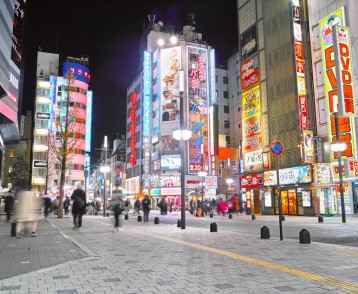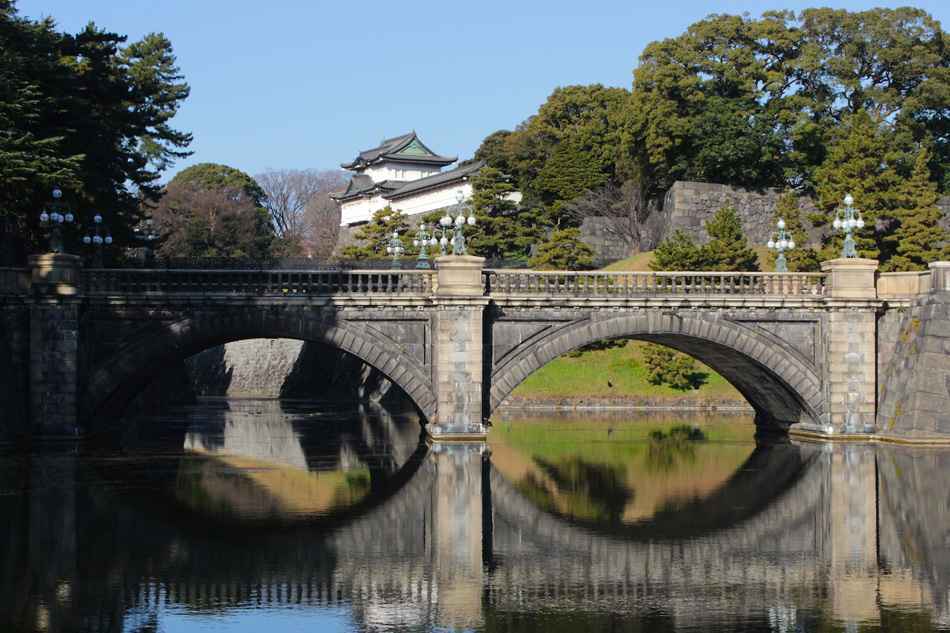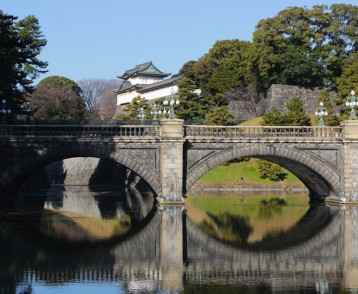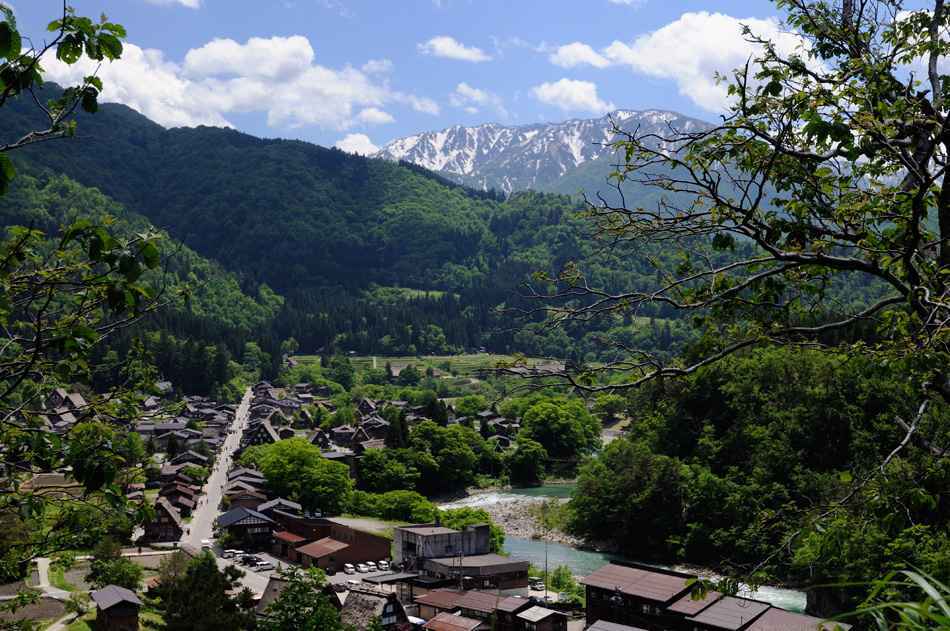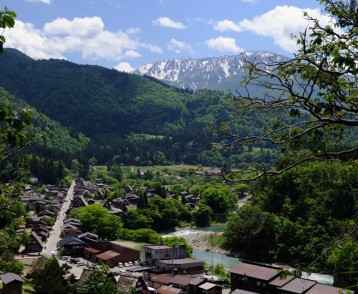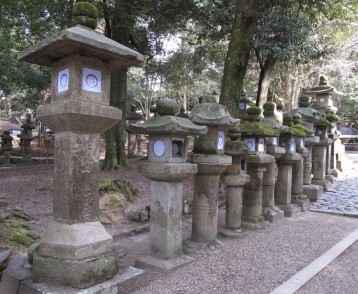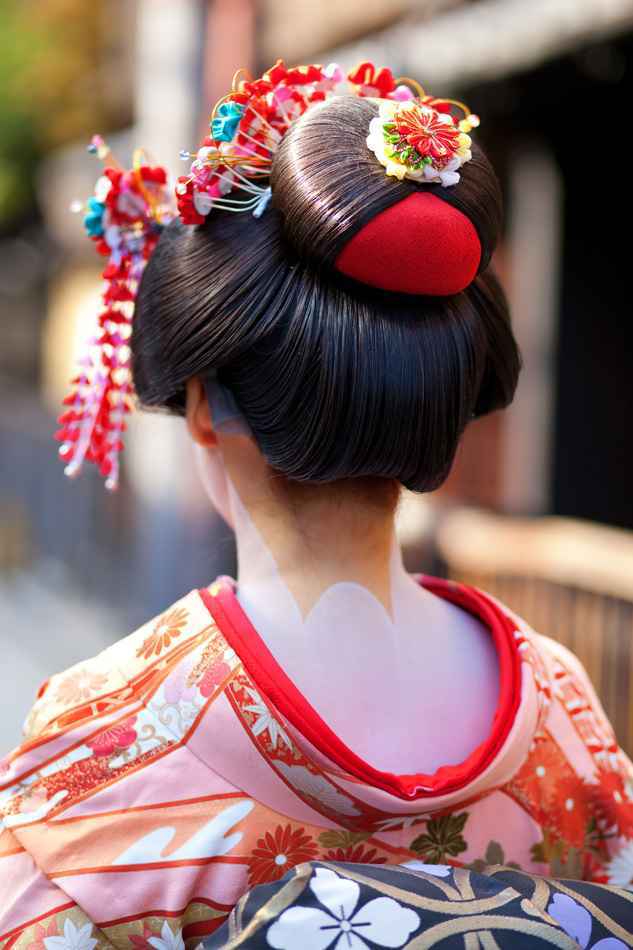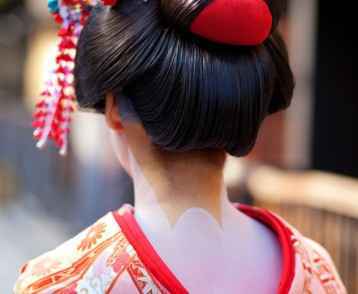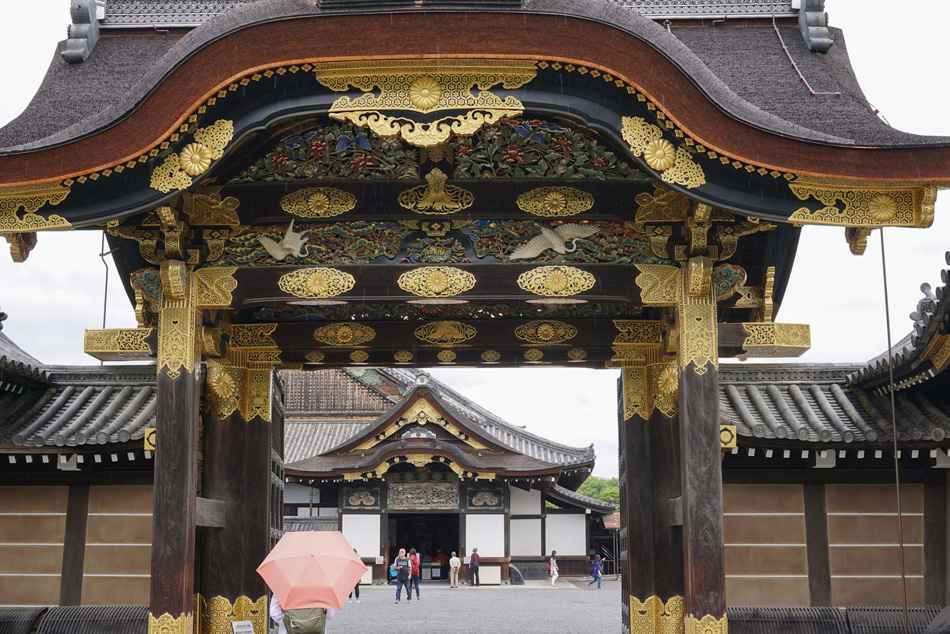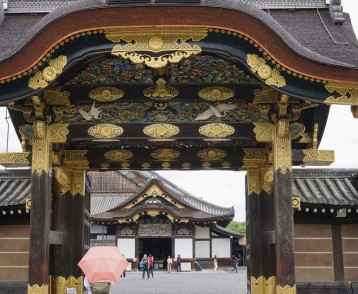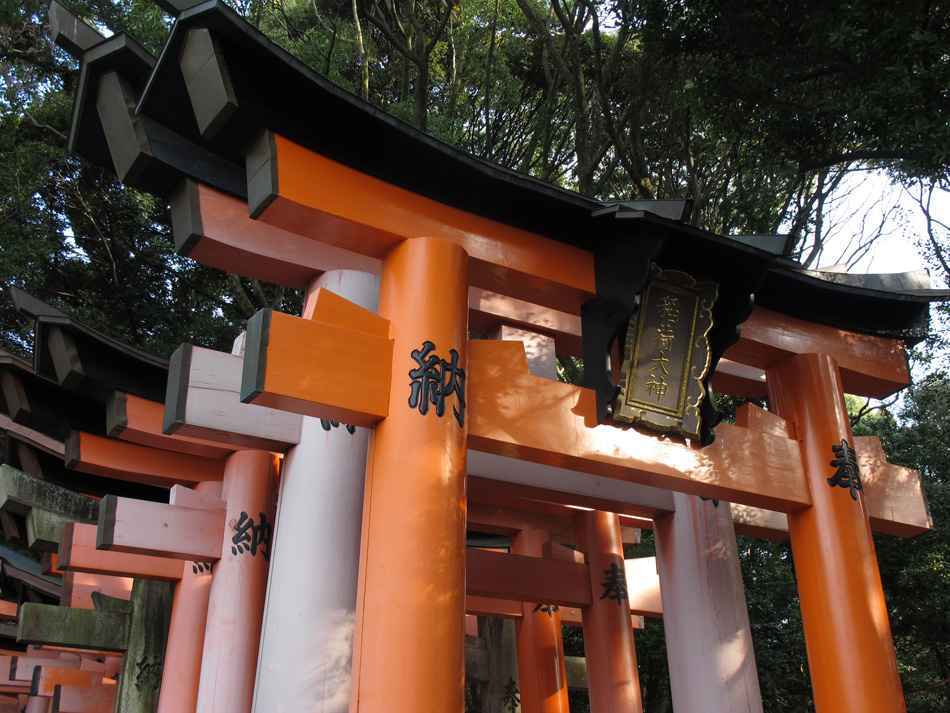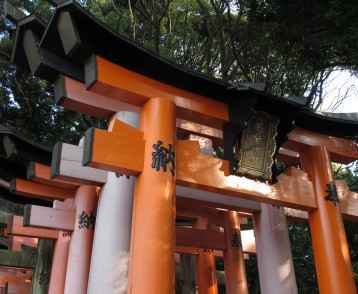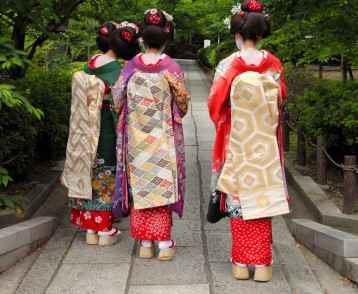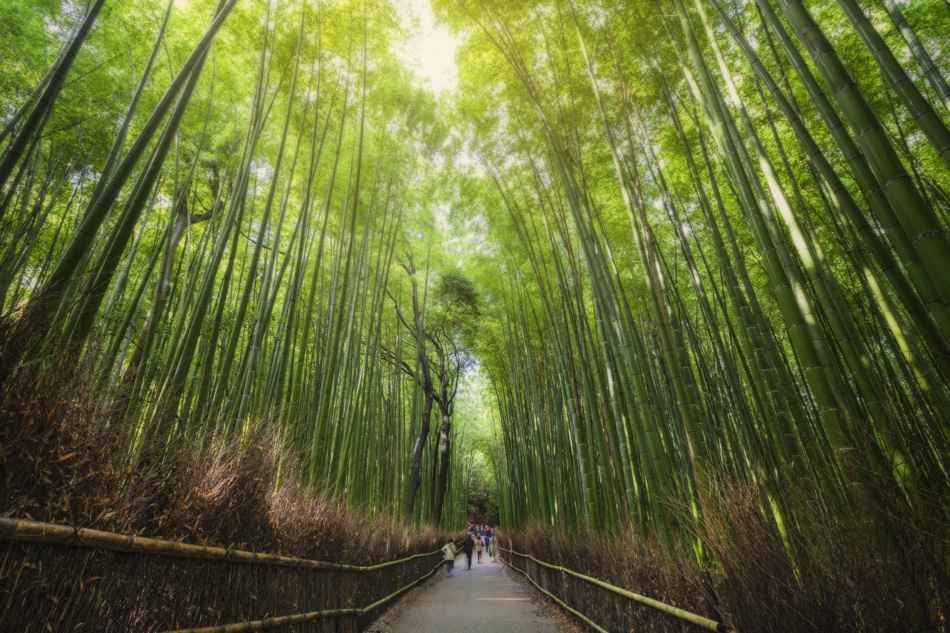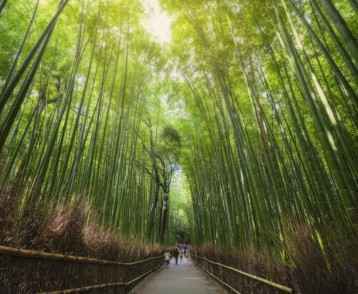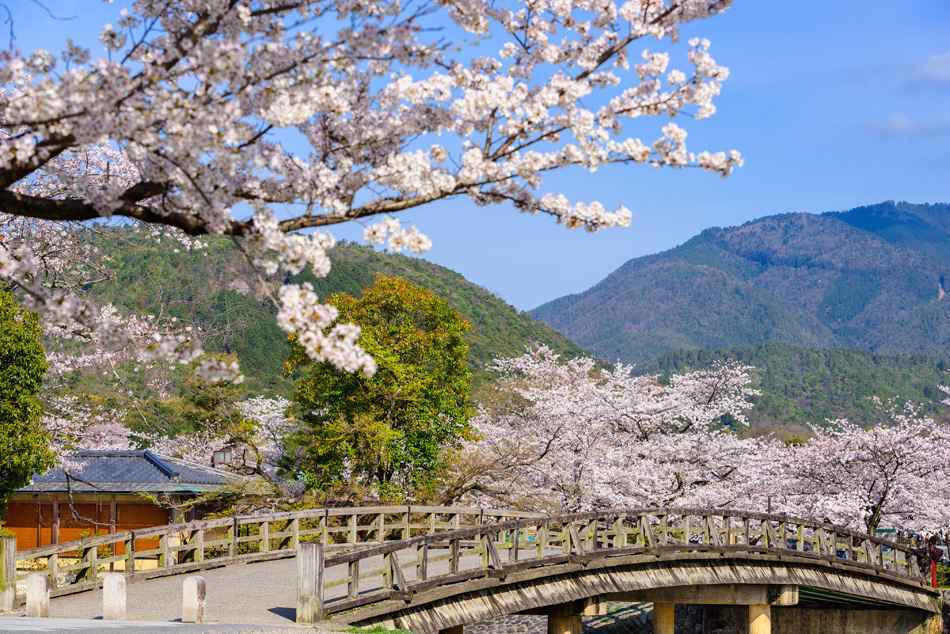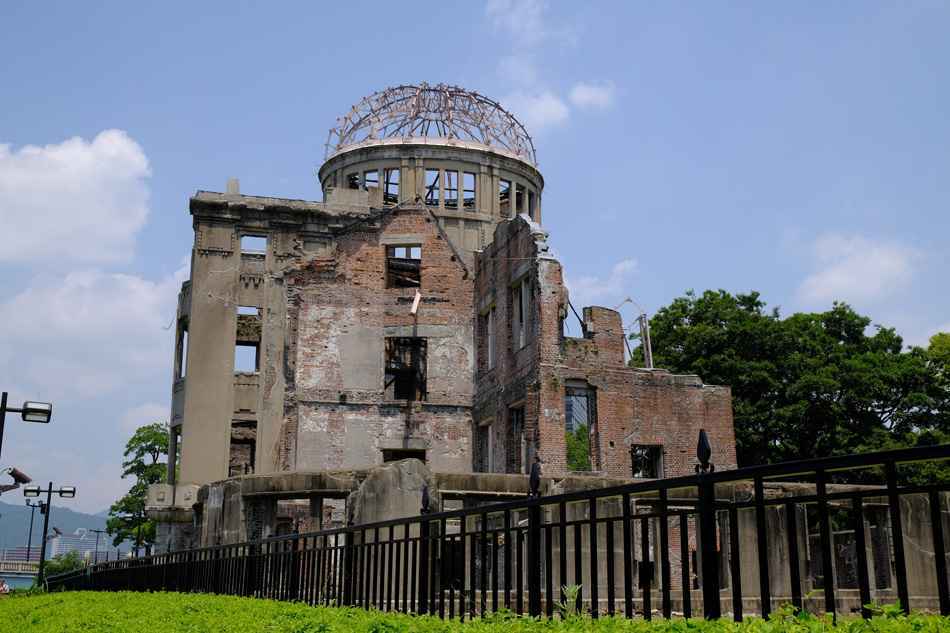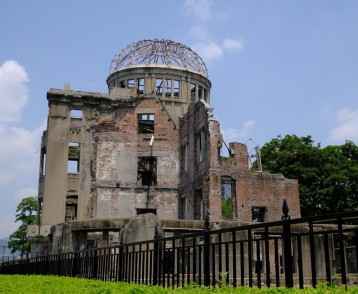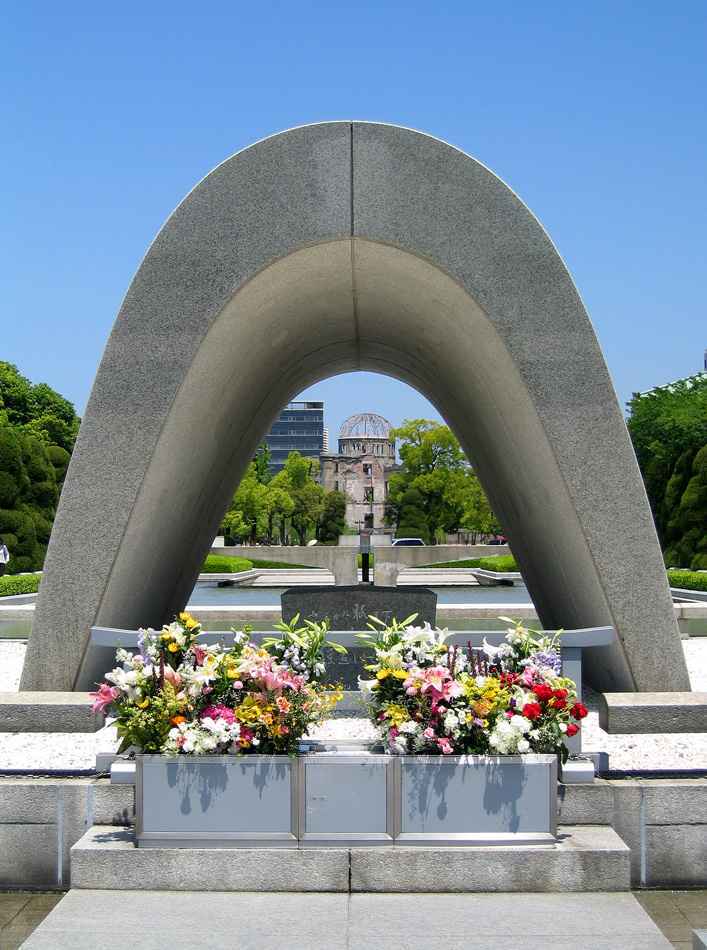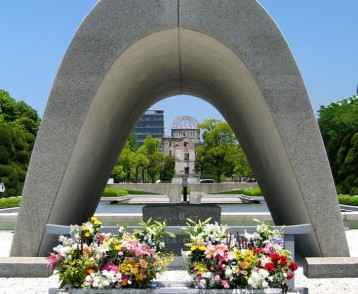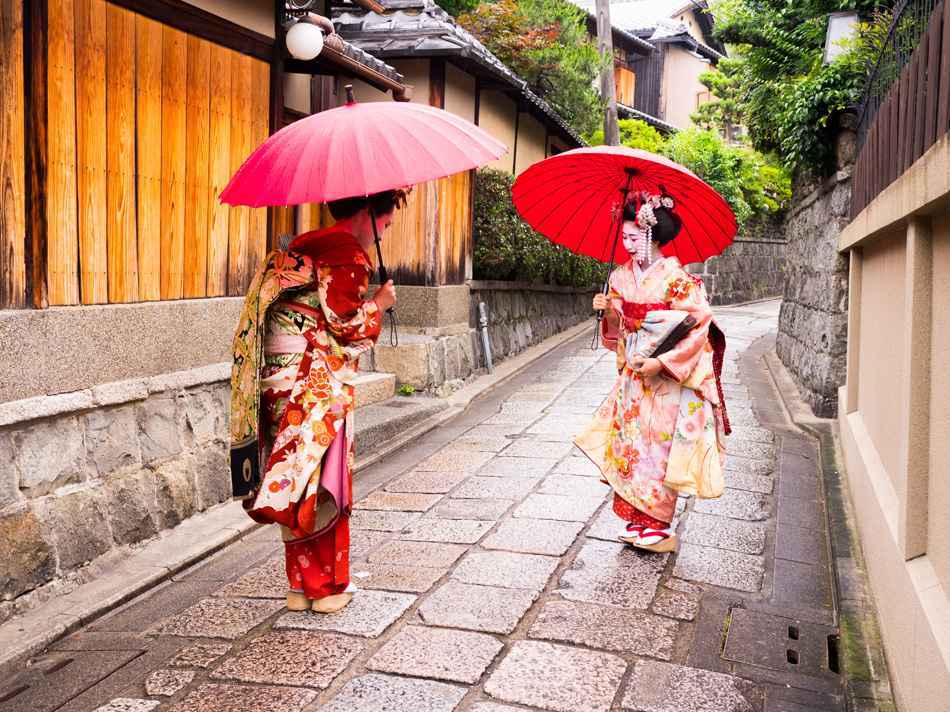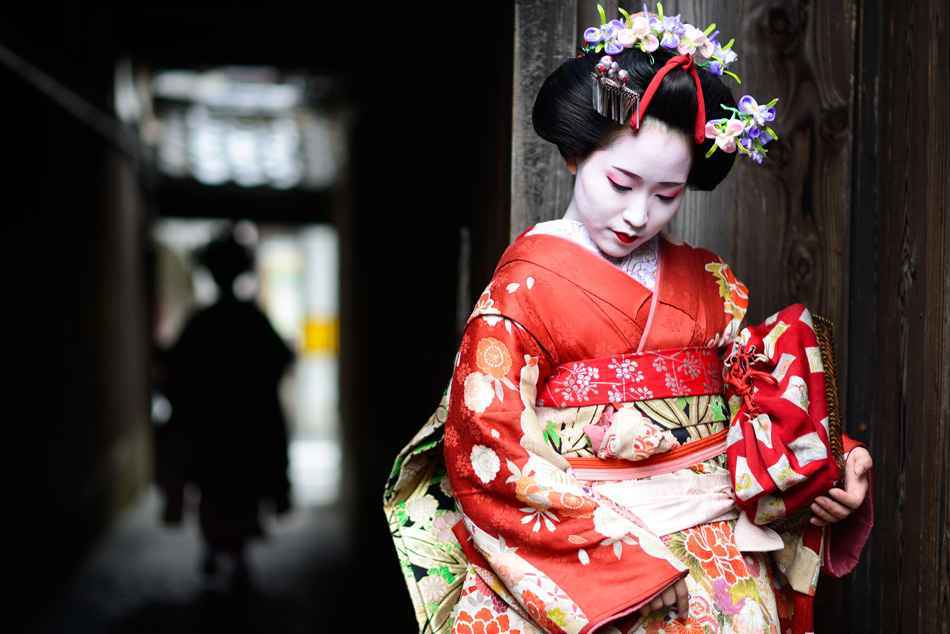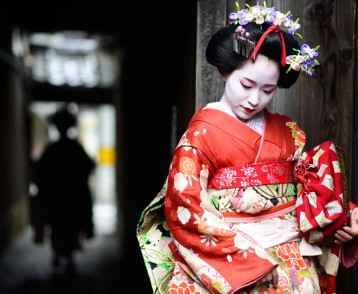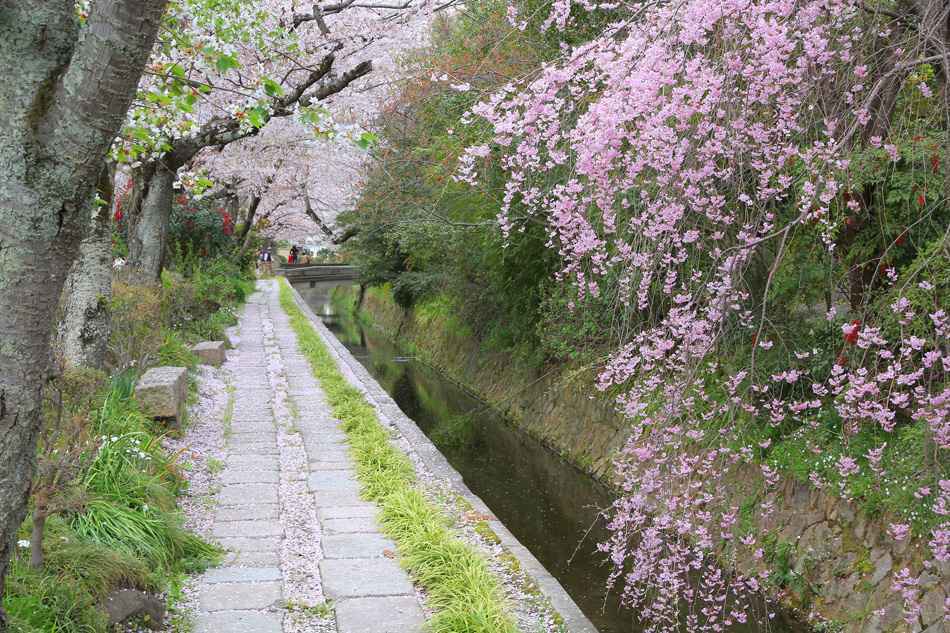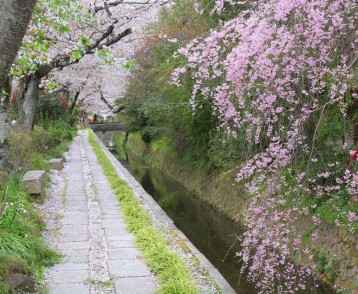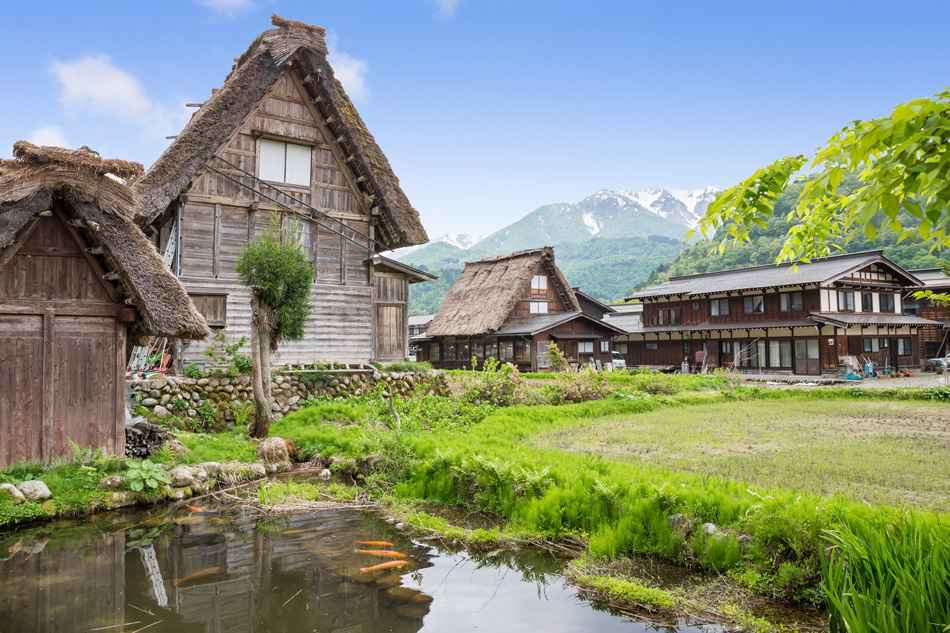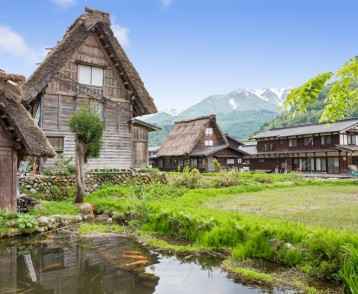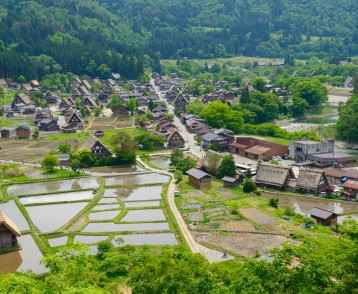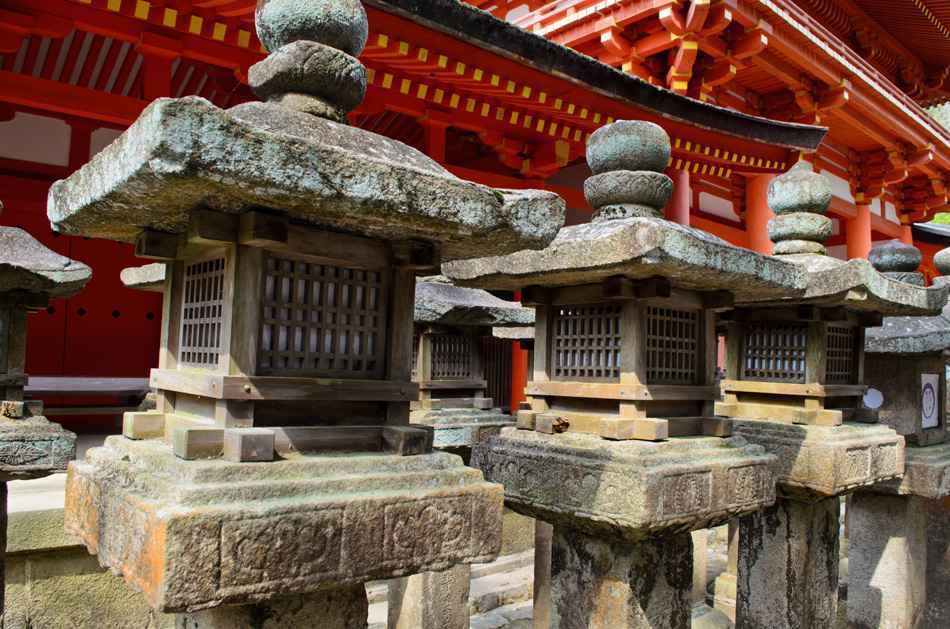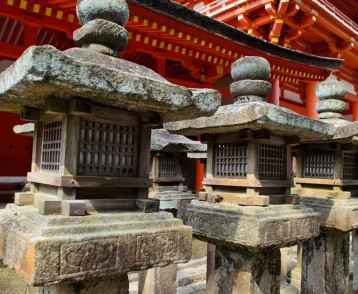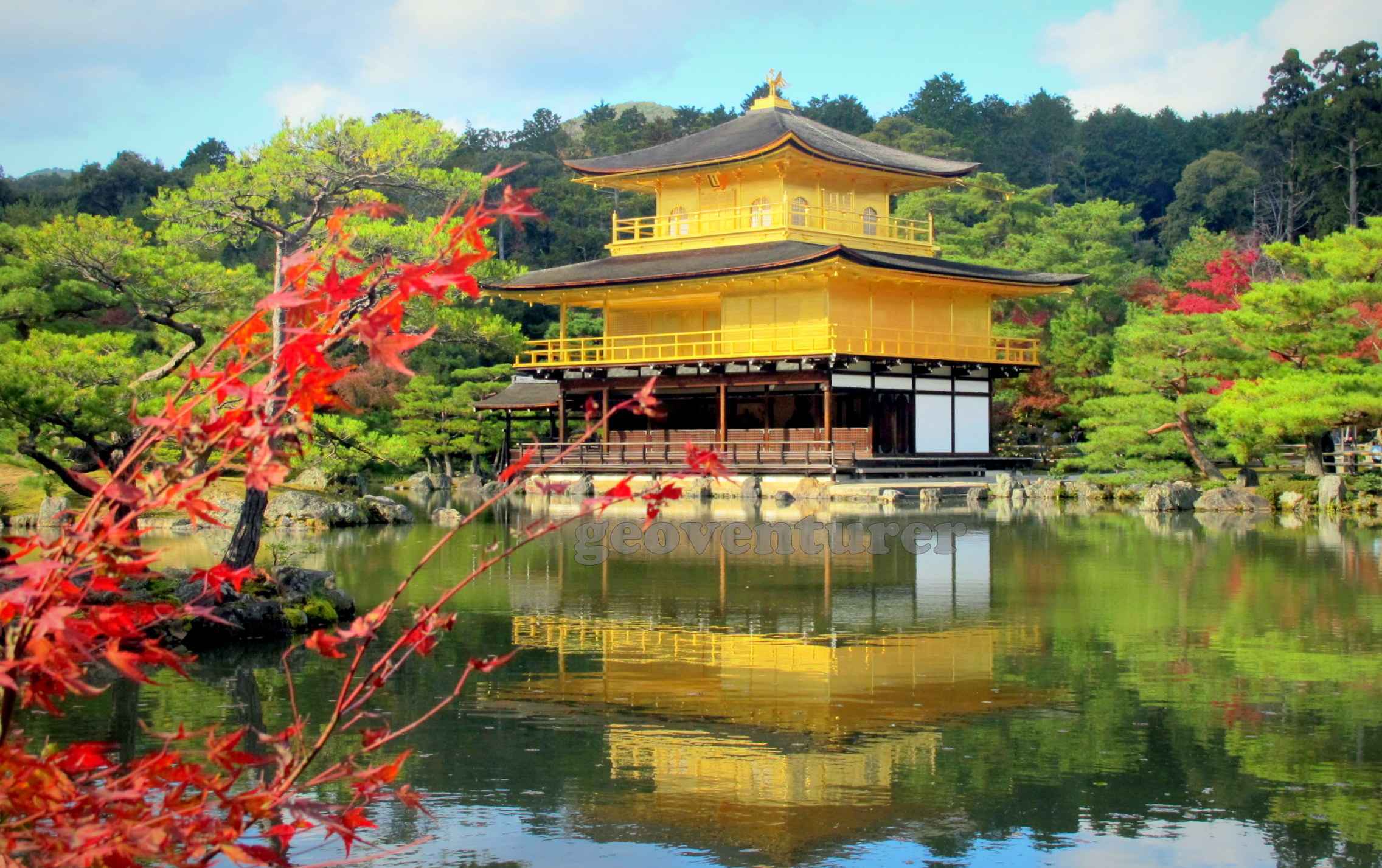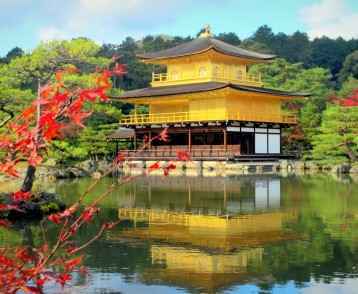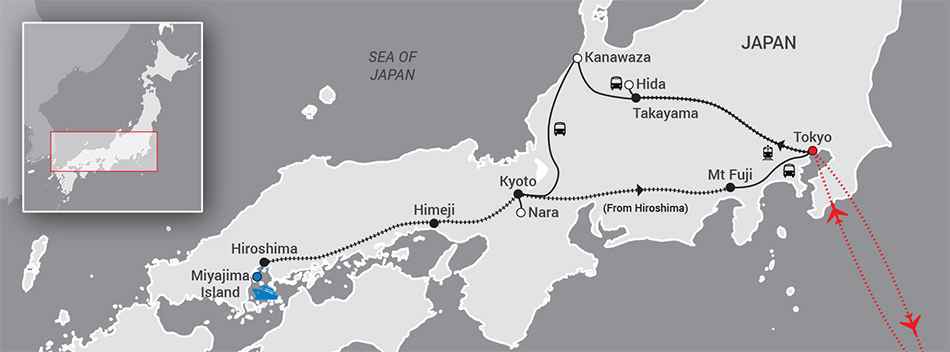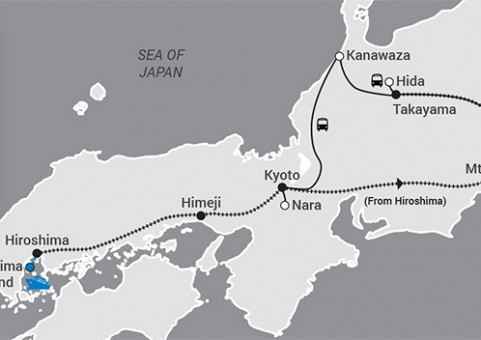Japan & the Cherry Blossoms

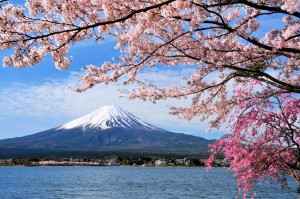

‘Japan & the Cherry Blossoms’ is a remarkable 16-day journey to the iconic cities, heritage sites, mountains and lakes of Japan’s largest island, Honshu, when the landscape is bathed in the pink hue of the springtime cherry blossoms.
Though undoubtedly a visual feast, this tour is much more than just a ramble through the candy floss canvas of central Honshu. The tour begins in Tokyo with a three-night stay in the dazzling capital before moving on to Takayama, nestled at the foot of the Hida mountain range. Here we explore the small atmospheric towns and villages that were isolated from the rest of Japan for hundreds of years, and tell the story of the country’s ancient past. In this beautiful mountainous region the landscape is dotted with shrines and temples, and cherry blossom trees adorn the river banks. We then move south for a three-night stay in the ancient capital of Kyoto which boasts more than a dozen UNESCO World Heritage sites and is home to Japan’s largest population of geisha. Continuing south-west via the great ‘White Heron’ castle of Himeji, we arrive in the sobering city of Hiroshima, where the cataclysmic events of 6 August 1945 etched the city’s name permanently in the history books. Yet through the sadness, our exploration of Hiroshima focuses on the amazing resurgence and resilience of the city and its inhabitants. Finally we take a bullet train to Mt Fuji for an overnight stay beside the sparkling lakes lying in the shadow of the iconic mountain. This tour is a fascinating exploration of the history and culture of Japan set against the beautiful backdrop of pink and white cherry blossoms.
Tour Fitness Level: Moderate
- Three-night stay in Tokyo
- Stroll through Tokyo’s Asakusa district and the neon shopping streets of Ginza
- Cruise on the Sumida River to Odaiba
- Two-night stay in the ancient town of Takayama at the foot of the Hida Mountains
- Explore Japan’s hidden gem of Shirakawa-go
- Stroll through the cherry blossom capital, Kanazawa
- Visit beautiful Kenrokuen, one of the Three Great Gardens of Japan
- Three-night stay in Japan’s ancient capital, Kyoto
- See the extraordinary Zen temple, Kinkakuji – the ‘Golden Pavilion’
- Explore Nijo Castle and its beautiful grounds
- Stroll through beautiful Nara Park, famous for its 1,200 free-roaming deer
- See the amazing ‘White Heron’ castle of Himeji
- Visit to the Peace Park in Hiroshima
- See the UNESCO A-Bomb Dome, the last building left standing after 6 August 1945
- Visit to the ‘Island of the Gods’, Miyajima, for fantastic views of Hiroshima’s skyline from the top of Mt Misen
- Overnight stay at the sparkling lakes in the shadow of the sacred mountain, Fuji
- Enjoy the exhilaration of travel on Japan’s famous bullet trains
Inclusions
- All flights between Australia and Japan/Japan and Australia
- All ticketable air taxes (may be subject to change)
- All accommodation (twin-share)
- All ground transportation, trains, cable cars and buses
- All meals as specified
- Travel Directors tour escort throughout
- Expert local guides
- All entrance fees in specified sightseeing
- All tips and gratuities
Please note that whilst every effort will be made to adhere to the above pricing, currency fluctuations beyond our control can affect final tour costs. A booking form is to be completed by all passengers, and a non-refundable deposit of AUD $3,000 paid at the time of booking. All escorted tours are based on a minimum group size of 10 people travelling.
24/03/2025 Australia – Singapore
Check-in at your chosen Australian airport for the flight to Singapore.
25/03/2025 Singapore – Tokyo (D)
Depart Singapore SQ 632, 08.05
Arrive Tokyo Haneda 15.35
After completing customs and immigration formalities at Tokyo transfer to your hotel.
Grand Nikko Tokyo Daiba (or similar)
Tokyo
26/03/2025 Tokyo (BLD)
Visiting Japan’s capital for the first time is a fascinating experience. Very different from Western cities and with an expanding population of more than 12 million within 1300 sq kms, Tokyo is Japan’s largest and most densely populated city. Always safe, Tokyo is perhaps the only city in the world that could make New York look like a sleepy town! Today we spend the whole day exploring this exciting metropolis including the Tsukiji Market which is one of the world’s largest fish markets, handling more than 2,000 tons of marine products per day. We enjoy a sushi lunch at one of the local restaurants inside the market itself.
27/03/2025 Tokyo (BLD)
Today we start with a visit to Asakusa where ‘old Tokyo’ still exists and the atmosphere conjures up images of days long gone. We walk through a network of charming streets before taking a cruise on the Sumida River which provide a wonderful viewing platform of cherry blossoms from water.
28/03/2025 Tokyo – Takayama (BD)
Leaving Tokyo we travel by train via Nagoya into the heart of Honshu and the beautiful Hida Mountains. The wonderfully atmospheric town of Takayama dates back to the 16th century. Shrines and temples dot the hillsides and a river running through its centre complete an idyllic setting. We arrive mid-afternoon and commence a walking tour of the town, exploring its wealth of narrow winding streets, galleries and museums.
Ryu Resort & Spa (or similar)
Takayama
29/03/2025 Takayama – Shirakawa-go – Takayama (BLD)
Shirakawa-go and the surrounding area was isolated from the rest of Japan for hundreds of years, and as a result it has fostered a distinctly different culture from the rest of Japan. Visiting Japan’s ‘hidden gem’ is like stepping back in time, as we witness a simple lifestyle were locals fish in the rivers and grow vegetables and rice. Surrounded by forest and rice terraces, the architecture is a result of generations of ‘master builders’ or highly skilled carpenters and the town now provides a fascinating mirror into rural life of previous centuries.
30/03/2025 Takayama – Kanazawa (BLD)
This morning we take a short drive to Kanazawa. Located between the alps and the Sea of Japan, this great castle town escaped any war devastation and has never suffered any significant natural disasters. Thus, Kanazawa is wonderfully preserved and is considered the cherry blossom capital of Japan. At its heart is the amazing Garden of Kenrokuen, sitting opposite the castle. Formerly a feudal lord’s garden, and covering more than 11 hectares, Kenrokuen is one of the best place to see cherry blossoms. When in full bloom delicate soft flowers line the streets creating an incredible pink hue all over the city.
Kanazawa New Grand Hotel Prestige (or similar)
Kanazawa
31/03/2025 Kanazawa – Nara – Kyoto (BLD)
After breakfast we begin our journey south to Kyoto, the ancient capital of Japan for 1,000 years until 1867 when Tokyo took the crown. Surrounded by mountains, Kyoto is the city that touches the heart of the Japanese in a way that no other place can. Ancient customs and heritage have continued here as Geisha and Maiko scurry between appointments in tiny alleys lit by traditional lanterns. En-route we visit Nara Park, a serene place of natural beauty and infinite treasures, and home to around 1,200 freely roaming deer. Among the historic buildings within the park are Todaiji Temple, the world’s largest wooden structure, which houses the ‘Giant Buddha’ that soars 16 metres in height. After our visit here we continue on to Kyoto.
The Prince Kyoto Takaragaike (or similar)
Kyoto
01/04/2025 Kyoto (BLD)
One of the best places to see cherry blossoms in Kyoto is along the Philosopher’s Walk – a pleasant stone path running beside a canal lined with hundreds of cherry trees. From here we continue our exploration of Kyoto with a visit to the Silver Pavilion, set amongst a beautiful moss garden and a unique dry sand garden, known as the ‘Sea of Silver Sand’. We also explore the historic Nijo Castle and Kiyomi Zu Temple.
02/04/2025 Kyoto – Fushimi Inari – Kyoto (BLD)
After breakfast we drive to Fushimi Inari Shrine in southern Kyoto. It is famous for its thousands of vermilion torii gates, which straddle a network of trails that lead into the wooded forest of the sacred Mount Inari (233m). Fushimi Inari is the most important of several thousands of shrines dedicated to Inari, the Shinto god of rice.
03/04/2025 Kyoto – Himeji – Hiroshima (BLD)
Today we take a short bus ride to Himeji Castle, also known as The White Heron because of its elegant, white appearance. This is Japan’s most imposing castle and its beautiful gardens, especially in cherry blossom season, create a wonderful backdrop to the white edifice. The castle, which like Kanazawa, was never destroyed by war, earthquake or fire, survives to this day as one of the country’s twelve original castles. After our visit here we board our bullet train for the two-hour journey to Hiroshima.
Hilton Hotel (or similar)
Hiroshima
04/04/2025 Hiroshima (BLD)
On 6 August 1945, the world’s first atomic bomb was dropped on Hiroshima. The tremendous impact of the bomb obliterated everything within a 2km radius, and immediately killed more than 80,000 people, with tens of thousands more dying from radiation exposure. After the war, despite some predictions that the city would be uninhabitable, Hiroshima was reconstructed quickly and a large park was built in the centre of the city. This morning we visit Peace Park and Peace Park Museum which provide a powerful reminder of the worst day in Hiroshima’s history. We also see the A-Bomb Dome, now a UNESCO World Heritage site, which remains the last visible link and iconic image of this cataclysmic day.
05/04/2025 Hiroshima – Miyajima Island – Hiroshima (BLD)
The so-called ‘Island of the Gods’, Miyajima Island, is on the beautiful Seto Inland Sea. One of the most picturesque spots in Japan, this romantic and historical island is laced with virgin forest as well as numerous Shinto shrines, temples and monuments. After breakfast we board a ferry for the short trip to the island, which is famous for its beautiful display of cherry blossoms during the season. We take a cable car to the top of Mt Misen for breathtaking views of Hiroshima and the surrounding islands before reboarding our ferry back to Hiroshima.
06/04/2025 Hiroshima – Mt Fuji (BLD)
This morning we take the Shinkansen bullet train to Mt Fuji. Here we transfer by bus to the magnificent Yamanaka Lake, one of the five lakes at the base of this sacred mountain. Shaped like a whale this area is where some Japanese families have second homes, due to its outstanding natural beauty and scenery. At this time of year the sky is usually clear which provides a stunning vista as the sun sets behind Mt Fuji.
The Prince Hakone Lake Ashinoko (or similar)
Mt Fuji
07/04/2025 Mt Fuji – Tokyo Haneda Airport (BL)
This morning, weather conditions permitting, we have the opportunity to see the sun rise over magnificent Mt Fuji. The rest of the day is at leisure. Later we board our bus for the 140km journey to Tokyo’s Haneda airport, to catch our homeward flight.
Depart Tokyo, Singapore Airlines SQ 633, 17.05
Arrive Singapore 23.05
08/04/2025 Singapore – Australia
On arrival in Singapore we connect with the flight to our chosen Australian airport.
The Tour Fitness Level of this tour is rated as ‘Moderate’. What does that mean?
Our ‘Moderate’ tour rating means that the activities are within the capabilities of anyone with a reasonable level of fitness leading a normal active life. This tour involves a reasonable amount of walking, climbing steps and stairs and getting on and off boats and trains. The Cherry Blossom season in Japan is short and we have a lot of ground to cover. Therefore there is little free time built into this itinerary.
If I travel alone, do I have to pay the single supplement?
If you wish to have sole use of a hotel room on the tour, you will need to pay the single supplement. If you are travelling alone but willing to share a room, we will endeavour to match you up with another solo traveller of the same gender. We cannot guarantee that a share-match can be provided, and in the event that this cannot be arranged at the time of final payment, you will need to pay the single supplement.
What is the food like on this tour?
The range of food we sample throughout the tour is varied and interesting. Japan is divided into distinct geographical regions each of which has developed its own unique culinary traditions. As with all of our tours, we will always cater for those with special dietary requirements.
What is the standard of the hotels?
All of the hotels on this tour are generally 4-star quality, comfortable and clean, and all with en suites.
What is the weather like during Cherry Blossom season?
The temperature throughout the route in March/April ranges from a low of 8 degrees celcius to a high of around 18 degrees.
How should I pack for this tour?
The layering system of dressing is ideal for this tour as mornings and evenings can be cooler than throughout the day. A light jacket or raincoat is recommended as spring can bring occasional showers.
What luggage weight should I aim for?
We strongly recommend you limit your luggage to 15kgs or less, as we will not always have porters to handle our luggage, and it will be your own responsibility. It is also essential to bring a backpack/overnight bag on this tour as there are several occasions when we travel by train, and due to lack of space in the carriages, our main luggage goes by road. On these occasions you will need to pack for one or two nights using your overnight bag.
How much money do you recommend I take?
We suggest that you exchange approximately AUD500.00 into Yen before leaving home because the exchange rate is consistently better here than in Japan. Due to the difficulty with finding ATMs that accept Australian bank cards we recommend you also take a small amount of money in Australian dollars cash.
Are credit cards acceptable?
Most major credit cards are accepted for purchases in larger stores, however their use can be more limited in rural areas. It is not recommended to rely on credit cards as your main source of funds.
Do I need vaccinations for this journey?
No vaccinations are mandatory on this route, although some health authorities suggest vaccinations against typhoid and hepatitis. Tetanus should certainly be up to date. If in doubt, we suggest you consult your GP.
Is the water safe to drink?
The tap water in Japan is safe to drink. However if you prefer to drink bottled water it is easy to obtain everywhere. The standard of hygiene is high along the entire route.
Are there internet facilities en route?
Most of the hotels we use have Wi-Fi access and this is usually free. We advise you check with your provider to find out if you can access your emails from overseas.
Do mobile telephones work?
Telstra, Optus and Vodafone mobiles work throughout the entire journey. You will need to ensure you have global roaming. Contact your service provider for further details.
How much should we tip the guides and porters?
There is no need to tip guides or porters (where we may have them) as all tips and gratuities are included in the tour cost.

